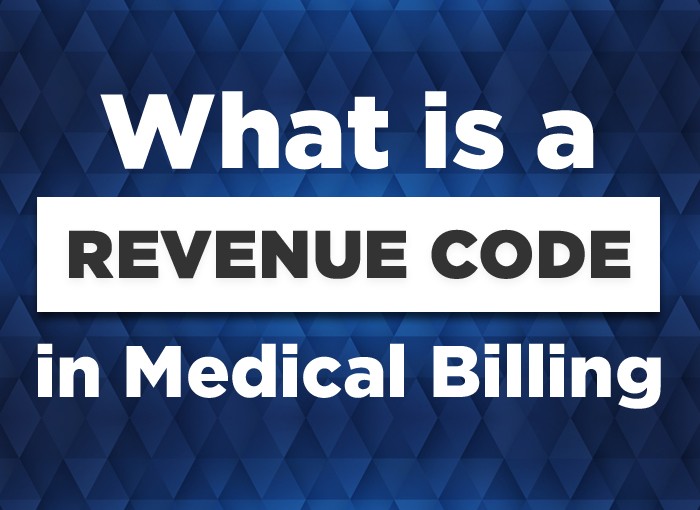What is the Revenue Code in Medical Billing
Definition of Revenue Codes
Maintained by the National Uniform Billing Committee (NUBC), revenue codes are defined by NUBC as “codes that identify specific accommodations, ancillary services, or unique billing calculations, or arrangements relevant to the claim.”
Earlier, revenue codes were represented by three digits but now they are represented by four digits due to the need for additional codes.
The first digit of the revenue code is zero followed by the other three digits—0110, 0119, and 0276, etc. If there is a zero at the end of the revenue code then it means the service was unspecified and is referred to as general—0110, 0120, and 0130, etc. The number nine is used at the end of a revenue code to represent ‘other’ services in any given category—0119, 0129, and 0149, etc.
There are over a hundred categories of revenue codes. Each category is further divided into revenue codes representing specific and other services. For example, the revenue code category 002-Health Insurance Prospective Payment System (HIPPS) is divided into revenue codes—0020-0021 Reserved, 0022 – Skilled Nursing Facility (SNF) PPS, 0023 – Home Health PPS, 0024 – Inpatient Rehabilitation Facility (IRF) PPS and 0025-0029 – Reserved.
Purpose of Revenue Codes
A revenue code is used in UB-04 or CMS-1450 to indicate the department or place in which a procedure or treatment is performed—an emergency room, operating room, or some other department. This helps the insurance companies to identify the type, place, and supplies used for a procedure while making the payment. The use of revenue code is simply to group similar types of charges onto one line in the CMS-1450 form. Without the revenue code mentioned in the UB-04 form, the insurance payer will not pay the medical claim.
Revenue codes are used along with procedure codes like CPT codes (and sometimes HCPCS codes). It is because there are various procedures that may be performed either in an emergency room or operating room. In such a case, the procedure code (CPT/HCPCS) remains the same but the revenue code varies.
For example, a blood transfusion can be performed either in the emergency room or treatment room. If the blood transfusion is performed in the emergency room then the revenue code 0450 will be used. However, if the blood transfusion is performed in the treatment room then the revenue code 0761 will be used.
Another example would be CPT code 12001 —simple repair of superficial wounds of scalp, neck, axillae, external genitalia, trunk and/or extremities (including hands and feet). This procedure can be performed in three places—the emergency room, operating room, and treatment room. If CPT-12001 is performed in the operating room along with any other procedure then the revenue code 0360 will be used. If performed in the emergency room then the revenue code 0450 will be used and for the treatment room, the revenue code 0761 will be used.
The revenue codes are important because the insurance company pays medical claims based on the rates of the place where the procedure is performed. This makes the reimbursement process hassle-free and prevents rejection of claims.




